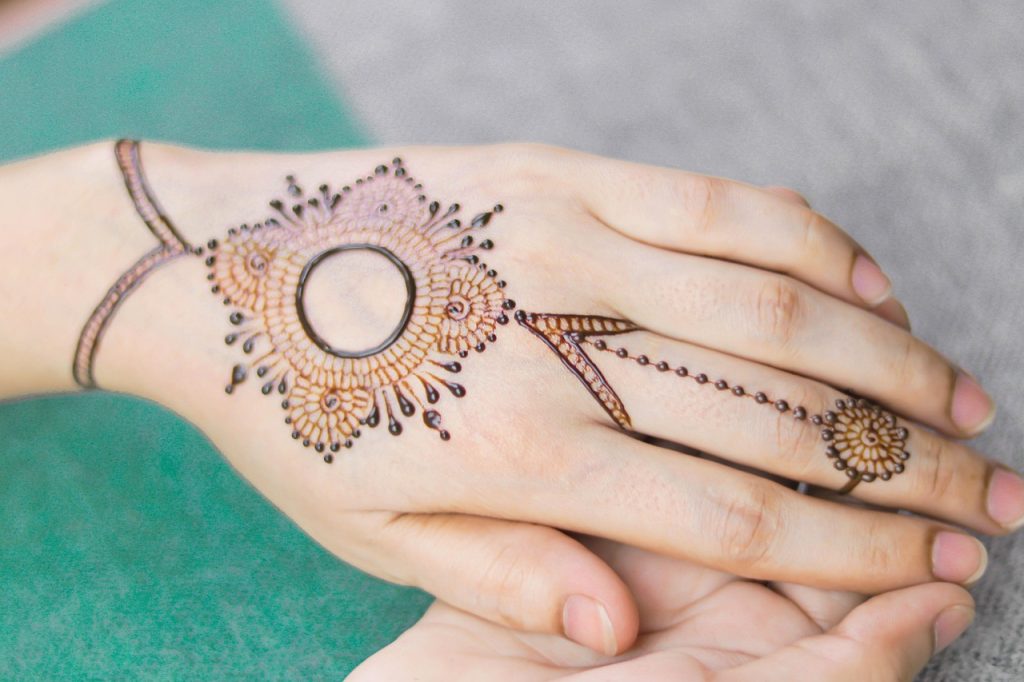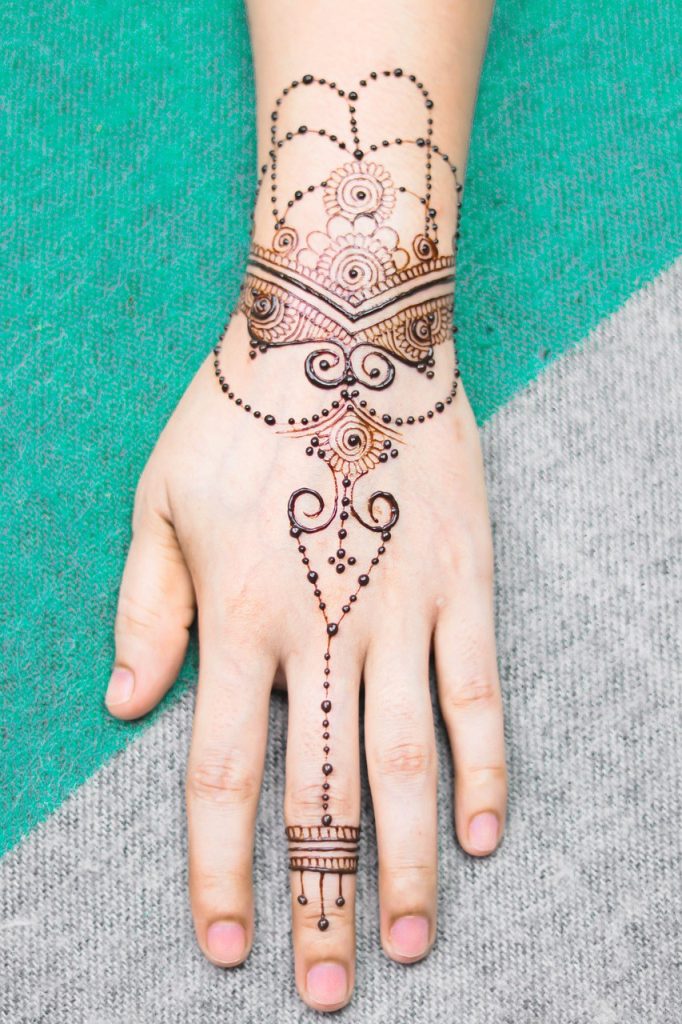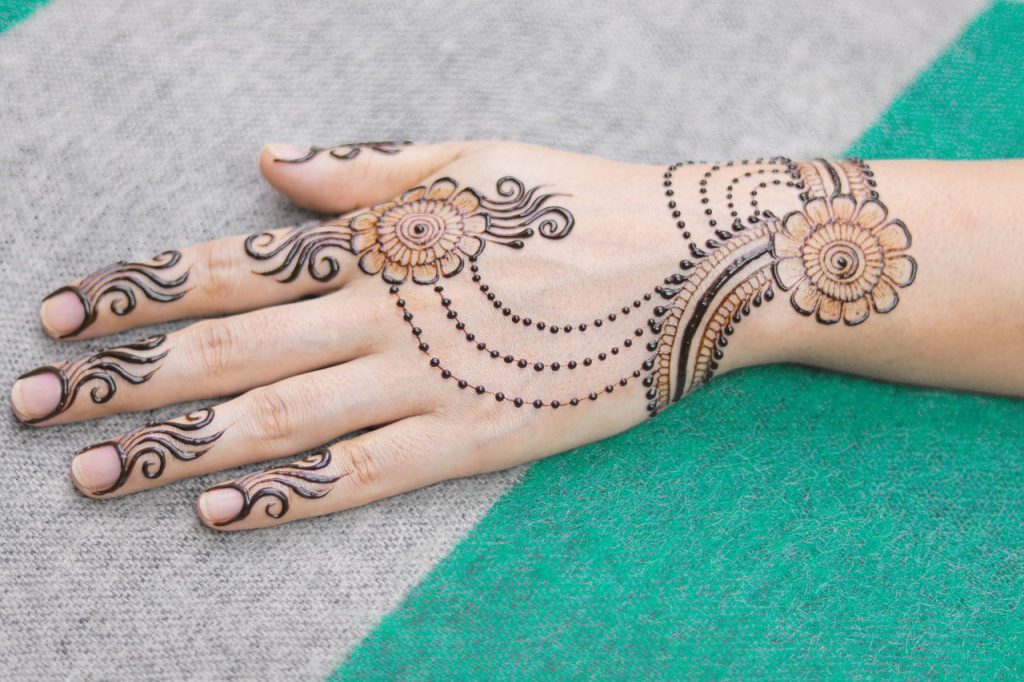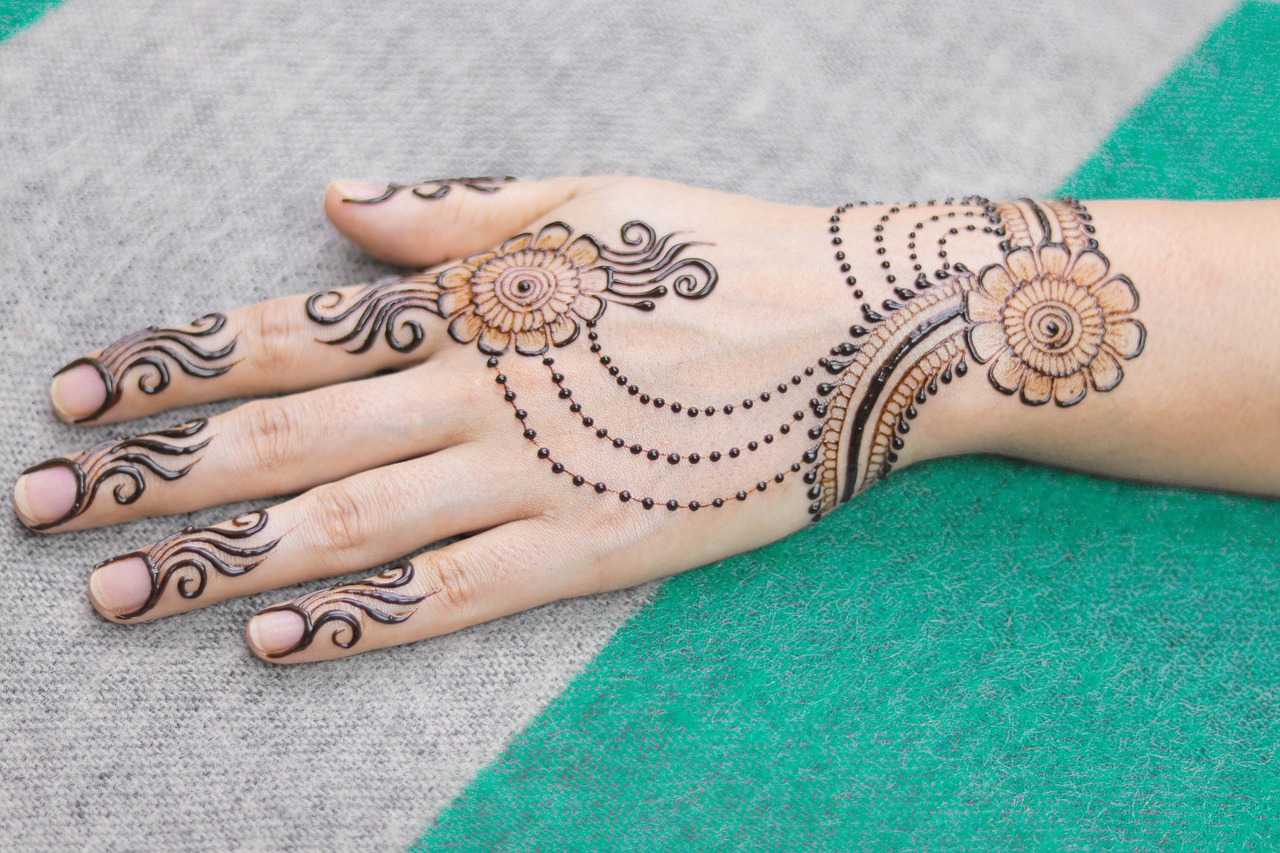The Art of Back Hand Bridal Mehndi Design

Bridal mehndi is more than just a decorative art; it’s a celebration of culture, love, and personal expression. The back hand bridal mehndi design, in particular, is crucial for brides as it represents the intricate details and careful thought put into the wedding day preparations. The back of the hand provides a perfect canvas for a stunning mehndi display, often featuring elaborate patterns that encompass floral motifs, paisley designs, and symbolic shapes.
Each stroke and pattern reflects the bride’s personality and adds to the beauty of her wedding attire. Many brides prefer bold and elaborate patterns that cover the majority of the back hand, while others might opt for a more minimalistic approach that accentuates their natural beauty.
What are Common Designs Used in Back Hand Bridal Mehndi?
Common designs for back hand bridal mehndi range from traditional arabesque patterns to modern geometrical shapes. Floral patterns, intricate vine designs, and even portraits of couples are popular choices. Each design tells a story and enhances the overall theme of the wedding.
Did You Know?
Research shows that certain mehndi designs can symbolize prosperity and good fortune, making them particularly popular during weddings. For more on this, refer to this study that explores the cultural significance of mehndi.
Choosing the Right Mehndi Artist for Back Hand Designs

When it comes to your special day, selecting the right mehndi artist is essential. Each artist has their unique style, and it’s important to find someone whose portfolio resonates with your vision for your back hand bridal mehndi design. Look for an artist with experience in bridal henna, as they will understand the importance of detail and intricacy for wedding designs.
Reviews and recommendations from friends can also play a significant role in making your choice. Some artists may even offer trial designs to help you visualize how your mehndi will turn out.
How Can I Prepare My Skin for Mehndi Application?
Preparing your skin before the mehndi application can enhance the color and longevity of the design. Here are some tips:
- Exfoliate your hands gently a day before the application.
- Avoid applying lotion or oil on the hands before the mehndi session.
- Keep your hands clean and dry.
Example of a Successful Mehndi Application
Many successful mehndi artists, like Bhavani Mehndi Designs, showcase their work online, allowing prospective brides to see their intricate artistry firsthand and make informed choices based on prior success stories.
Trends in Back Hand Bridal Mehndi Design

As with any form of art, mehndi design evolves with trends. Recent years have shown a rise in custom designs that incorporate the bride’s personal story, interests, and wedding themes into intricate patterns. Twisting traditional elements with contemporary touches makes each back hand bridal mehndi design one-of-a-kind.
Moreover, the use of color and sparkle is gaining momentum, where brides opt for colored mehndi or glitter details that give their designs a modern twist without losing the sense of tradition.
What is the Average Time for Mehndi to Set?
The average time for mehndi to set varies between 6-8 hours, but keeping the mehndi on longer can lead to a darker stain. Habits like wrapping your hands in tissue and maintaining body heat can enhance the richness of the color.
Expert Insight
According to renowned mehndi artist, Mehndi by Anju, “The key to a perfect mehndi stain lies in letting it dry naturally and avoiding any moisture during the setting time.” This practice ensures that the design remains intact and vibrant.
Conclusion

Back hand bridal mehndi designs are not just aesthetic; they are a rich tapestry of culture, personal expression, and wedding traditions. With the right preparation, artist, and a keen understanding of current trends, you can ensure that your mehndi is as spectacular as your wedding day itself. Ready to embark on this colorful journey? Connect with a mehndi artist and start planning your unique design today!
